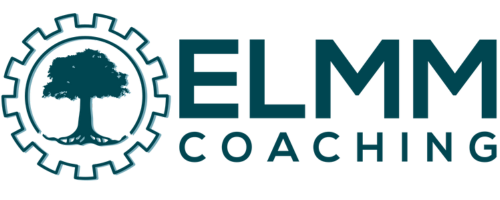Connecting with STEM Moms
“I can’t believe we are just meeting now!”
It happened again.
I met another STEM mom who I have unknowingly been crossing paths with for years. This time she was a civil engineer who leads construction projects for the city. The time before she was a medical doctor who supported rehabilitating veterans.
With my book STEM Moms about to launch, I’ve been thinking a lot about the drivers keeping women and mothers working in technical careers from connecting. The civil engineer and I have kids at the same school (and the same grade). We didn’t meet until an end of year party at another parent’s house though because:
Until recently, my morning drop-off routine left no time for casual conversation. I had calls (usually not my first of the day) to hop on.
She sends her kids to after-school care, so no paths cross there.
We’re both tired. Juggling home life and careers takes energy.
Neither of us wear big shiny hats that say “Hello, I’m an engineer!”
Short of commissioning hats, there must be another way to connect caregivers in technical fields.
Why it matters:
Having people with shared experiences in our lives helps us all to feel understood. They can be a great relief, especially when we feel isolated. They can share their insights, advice, and coping mechanisms with us.
Listening to other people’s experiences gives us an opportunity to learn from others. We can in turn reciprocate with our own experiences and lessons learned.
Mothers in STEM rarely find peers at work with similar home-life situations. Women earn only 22.5% of engineering degrees in the US today [1]. Moreover, 34% of mothers globally leave full-time STEMM employment after having children [2]. That leaves only a tiny sliver of potential for colleagues who are experiencing similar challenges.
How to Connect:
There are several things that can be done to help connect mothers in STEM to other mothers in STEM. Here are a few ideas:
Host networking events. Networking events can be a great way for mothers in STEM to connect with each other in person. These events can be held at universities, companies, or other organizations.
Side note: I had the opportunity to attend a networking event for women in leadership a few weeks ago. While there I met a woman who referred to the eight of us coming together as a “herd of unicorns.” This made me so happy, probably because I grew up in the era of Lisa Frank!
Join an online forum, such as the STEM Moms LinkedIn Group. Recently formed, this group will be a space for anyone who wants to share stories, advice, and resources. It is designed to be a safe space for mothers to feel connected.
Organize mentorship programs to connect mothers in STEM with peers and/or more experienced professionals. These programs can help mothers to learn from each other and to get support as they navigate their careers.
Highlight the success of mothers in STEM. It is important to highlight the success of mothers in STEM. This can help to break down stereotypes and to show other mothers that it is possible to succeed in STEM.
Check out Mothers in Science, a non-profit organization that provides resources and support to mothers in STEM. Their Journeys page includes 150+ personal stories from moms (and dads too) in science, engineering, technology, math, and medicine (STEMM) who are finding ways to make it work. https://www.mothersinscience.com/journeys
By taking these steps, we can help to create a more supportive and inclusive environment for mothers in STEM. This will ultimately lead to more mothers succeeding in STEM, which will benefit us all!
What you can do today:
Join the STEM Moms LinkedIn Group
Mark your calendar for the launch of the STEM Moms book on August 15th.
Tell someone in “real life” that you work in STEM. They might too, who knows!
References
[1] See National Center for Education Statistics (NCES). Table 318.30. Bachelor’s, master’s, and doctor’s degrees conferred by postsecondary institutions, by sex of student and discipline division: 2017-18. 2019.
[2] See Breaking the Maternal Wall in STEMM, by the non-profit Mothers in Science. https://www.mothersinscience.com/mission

